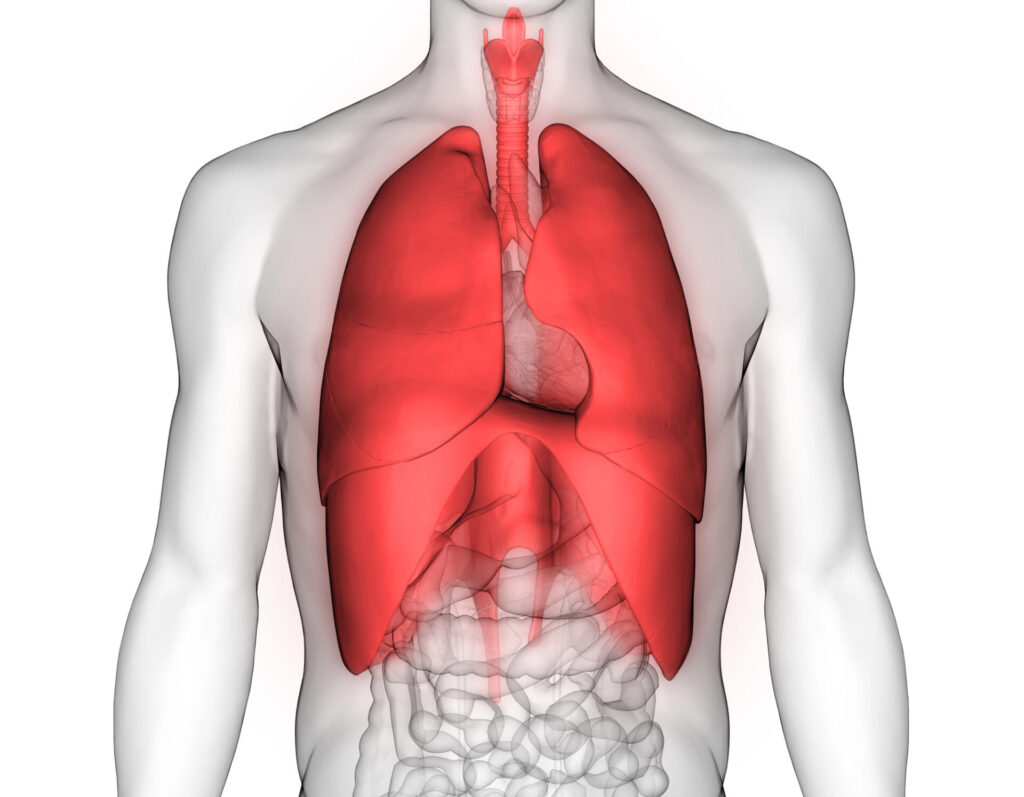Omega-3 fatty acids may play a role in cutting one’s risk of fatal neurodegenerative disease amyotrophic lateral sclerosis (ALS), also known as Lou Gehrig’s disease, a new study suggests from the Harvard School of Public Health in Boston. By Kathryn C. Fitzgerald, M.Sc, JAMA Neurology, July 2014.
Fatty acids reduce inflammation and oxidative stress on cells, and both of these chronic processes can damage nerve tissue. In the study, “individuals with higher dietary intakes of total omega-3 polyunsaturated fatty acids – an essential type of dietary fat found in vegetable oils and fish – had a reduced risk for ALS,” said lead researcher Kathryn Fitzgerald of the Harvard School of Public Health in Boston. “We also found that higher dietary intake of alpha-linolenic acid, a type of fatty acid found in vegetable oils and nuts, is also associated with lower ALS risk,” she said.
The study team looked at 995 ALS patients, during a follow up of 9 to 24 years, to measure the association between ALS and these fatty acids. Here is a summary of the findings:
- The study was a longitudinal analyses based on 1,002,082 participants (479,114 women and 522,968 men) in 5 prospective cohorts: the National Institutes of Health–AARP Diet and Health Study, the Cancer Prevention Study II Nutrition Cohort, the Health Professionals Follow-up Study, the Multiethnic Cohort Study, and the Nurses’ Health Study.
- The diet was assessed via food frequency questionnaire developed or modified for each cohort. Participants were categorized into cohort-specific quintiles of intake of energy-adjusted dietary variables.
- For men, median ω-3 PUFA intake ranged from 1.40 to 1.85 grams(g)/day(d) and median ω-6 PUFA intake ranged from 11.82 to 15.73 g/d.
- For women, median ω-3 intake ranged from 1.14 to 1.43 g/d and median ω-6 PUFA intake ranged from 8.94 to 12.01 g/d.
- Consumption of both α-linolenic acid (RR, 0.73; 95% CI, 0.59-0.89; P = .003 for trend) and marine ω-3 PUFAs (RR, 0.84; 95% CI, 0.65-1.08; P = .03 for trend) contributed to this inverse association. Intakes of ω-6 PUFA were not associated with ALS risk.
- Those in the 20 percent in terms of their omega-3 fatty acid intake, reduced the odds of developing ALS by one third, compared to those in the bottom 20 percent.
“Overall, the results of our large prospective cohort study suggest that individuals with higher dietary intakes of total ω-3 PUFA and ALA have a reduced risk for ALS. Further research, possibly including biomarkers of PUFA intake, should be pursued to confirm these findings and to determine whether high ω-3 PUFA intake could be beneficial in individuals with ALS,” the research said.
Does this mean that Omega-3 fatty acids should be a part of prevention or even treatment for ALS?
In a commentary by Dr. Michael Swash is a British neurologist at the Royal London Hospital, he suggests, “maybe we are headed toward two forms of therapy – one preventing the disorder, an ideal solution — the other slowing the progression of the disease, also necessary.” However, “As a note of caution and in contrast to their results, the authors note that in a mouse model of ALS pretreatment with high doses of eicosapentanoic acid, a long-chain ω-3 PUFA, accelerated disease progression,” Swash notes.
Click Here for Full Text Study





